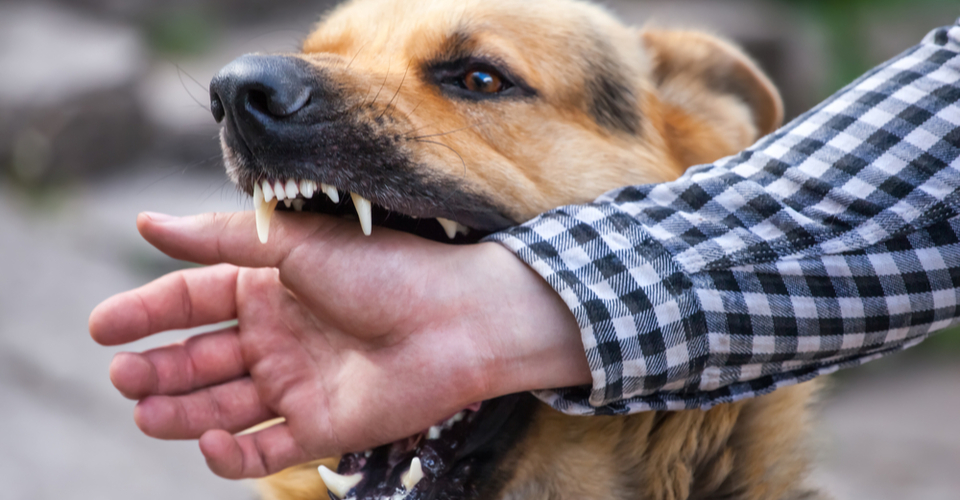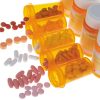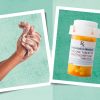- Empty cart.
- Continue Shopping
How to Administer Basic First Aid for Animal Bites

Animal bites can be distressing situations, but knowing how to administer basic first aid can make a crucial difference in the outcome. Whether it’s a dog, cat, or another animal, prompt care is essential to prevent infection and minimize further harm. Here’s a step-by-step guide on administering basic first aid for animal bites.
1. Ensure Your Safety
Before approaching the injured animal or victim, ensure your own safety. If the animal is still present and poses a threat, find a way to safely remove yourself from the situation. Use any available barriers or objects to create distance.
2. Assess the Victim
Once you’re in a safe position, assess the victim’s condition. Look for signs of bleeding, swelling, and puncture wounds. Determine if the bite has broken the skin, and if so, how deep it is.
3. Wash Your Hands
Before providing any care, thoroughly wash your hands with soap and warm water. This helps reduce the risk of infection.
4. Control Bleeding
If the bite is bleeding, apply gentle pressure with a clean cloth or sterile gauze to help control the bleeding. Elevate the injured area if possible, as this can also help reduce blood flow.
5. Clean the Wound
Use mild soap and warm water to clean the wound. Gently wash the area around the bite to remove any dirt or debris. Avoid using hydrogen peroxide, as it can damage tissue.
6. Apply an Antibiotic Ointment
After cleaning, apply an over-the-counter antibiotic ointment to the wound. This can help prevent infection. Cover the bite with a clean, sterile dressing or bandage.
7. Monitor for Signs of Infection
Keep a close eye on the bite for any signs of infection, such as increased redness, swelling, warmth, or pus. If you notice any of these symptoms, seek medical attention promptly.
8. Seek Medical Attention
Regardless of the severity of the bite, it’s important to seek medical attention as soon as possible. Animal bites, especially from dogs and cats, can introduce bacteria into the wound that may lead to serious infections.
9. Report the Bite
If the animal that bit is unfamiliar or a stray, report the incident to local animal control authorities. They can take appropriate steps to assess and address the situation.
10. Update Tetanus Vaccination
If the bite is deep or if it’s been more than five years since your last tetanus shot, it’s advisable to get a tetanus booster shot. Tetanus is a potentially serious bacterial infection that can result from certain wounds.
11. Document the Incident
Take photos of the bite and any injuries as a record of the incident. This documentation can be useful for medical professionals and authorities if needed.
In conclusion, administering basic first aid for animal bites involves prompt action to clean, disinfect, and protect the wound. Remember to seek medical attention, as professional care is essential to prevent infection and ensure proper healing. Additionally, reporting the incident to local authorities helps ensure the safety of the community. Always prioritize safety, and if in doubt, consult a healthcare professional for guidance.








